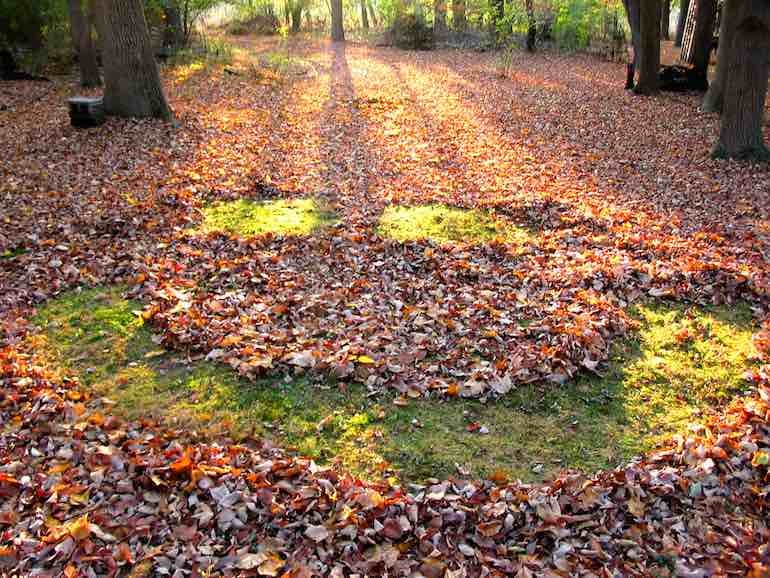
A few stray leaves on your lawn are nothing to get worked up about. But when leaves are blanketing large swaths of grass, they might be causing long-term damage. The thick layer of leaves prevents your grass from receiving nutrients and sunlight. If water manages to seep under the leaves to moisten the grass, it might become trapped there and leave your lawn to rot or mold.
There are a whole host of issues that come with fall leaves on your lawn, including:
- Poor airflow and ventilation
- Weakening of the grass
- An increased risk of winter or spring lawn diseases, such as Brown Patch, Dollar Spot, and Blight
Leaving your fall leaves to pile up might mean less work right now, but in the spring you’ll be facing even more labor because your lawn will need additional care.
The best way to prevent leaf damage on your grass is by removing the leaves right away.To do so, you can use a variety of methods, including the following:
- Use a leaf blower and bag them. Gathering leaves using a leaf blower can be much more efficient than using a rake. However, keep in mind that you will still need to remove the leaves and place them in a bag so they cannot blow back onto your lawn.
- Mow the leaves and bag them. If there are a lot of leaves on the lawn, you may want to mow the leaves instead. This can allow you to cut the grass and remove leaves all at once. It is important you remove the chopped leaves after mowing by collecting them and placing them in a bag. If you mow the leaves and leave them where they are, they can still suffocate your lawn.
